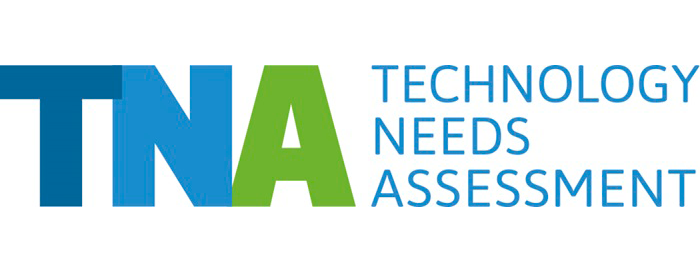Three TNA project proposals received funding from the Green Climate Fund, and the establishment of a 10MW solar photovoltaic power plant is now underway. The power plant will support Mongolia’s renewable energy transition and help realize its NDC targets. It will be the second largest solar power plant in the country and will reduce Mongolia’s emissions by 306,700 tCO2 over a ten-year period.
Mongolia is located in Asia between Russia and China, making it one of the largest landlocked countries in the world. Climate change assessments undertaken in Mongolia demonstrate that fragile ecosystems, a high reliance on pastoral animal husbandry and rain-fed agriculture, and the growing urbanizing population are all factors that make Mongolia’s socio-economic development vulnerable to climate change. The increased frequency and magnitude of climate-related hazards, such as the intensification of drought and aridity and the rapid melting of glacial permafrost, pose severe challenges to Mongolia’s traditional economic sectors and its people’s nomadic way of life.
Mongolia completed its TNA in 2013. Based on the recommendations from the TNA, XacBank, a large local commercial bank, took the initiative to address a key barrier to technology uptake. In Mongolia, micro, small and medium-size enterprises make up 90% of all businesses, a majority of which use outdated and inefficient technologies. The potential emissions reductions made achievable by using technologies that are more efficient is significant, but access to such technologies for these enterprises is challenged by their high investment costs. As an outcome of the recommendation from the TNA, XacBank was awarded USD 20 million to extend its Business Loan Program allowing it to lower its interest rates on loans to businesses looking to invest in renewable energy and energy-efficient technologies. The expected impact from this loan program is an average rate of GHG emissions reductions of 149,290 tCO2 per year. Apart from reducing CO2 emissions, the loan program will help Mongolian enterprises adopt enduring, low-carbon business models and help alleviate the current prevalence of high financial costs and relatively short-term loan periods. It is expected that 60,000 registered small and medium sized enterprises in Mongolia will reap the benefits of the loan programme.
The TNA results were used as sources for the development of the NDC in the cases where the sectors overlapped.
Mongolia’s TNA contributes to the following Sustainable Development Goals:







